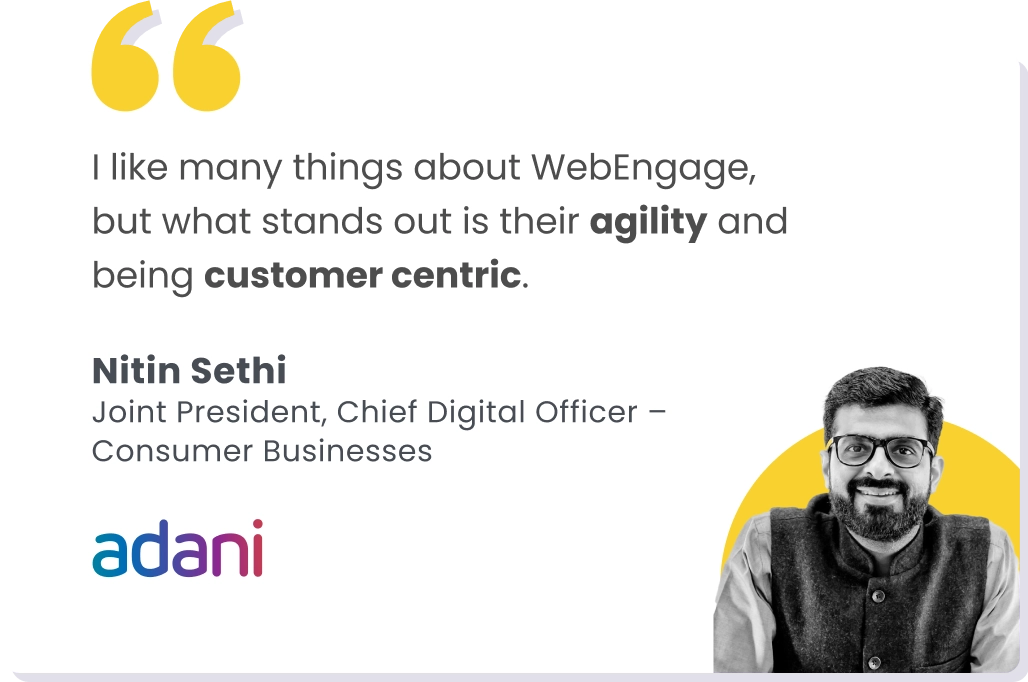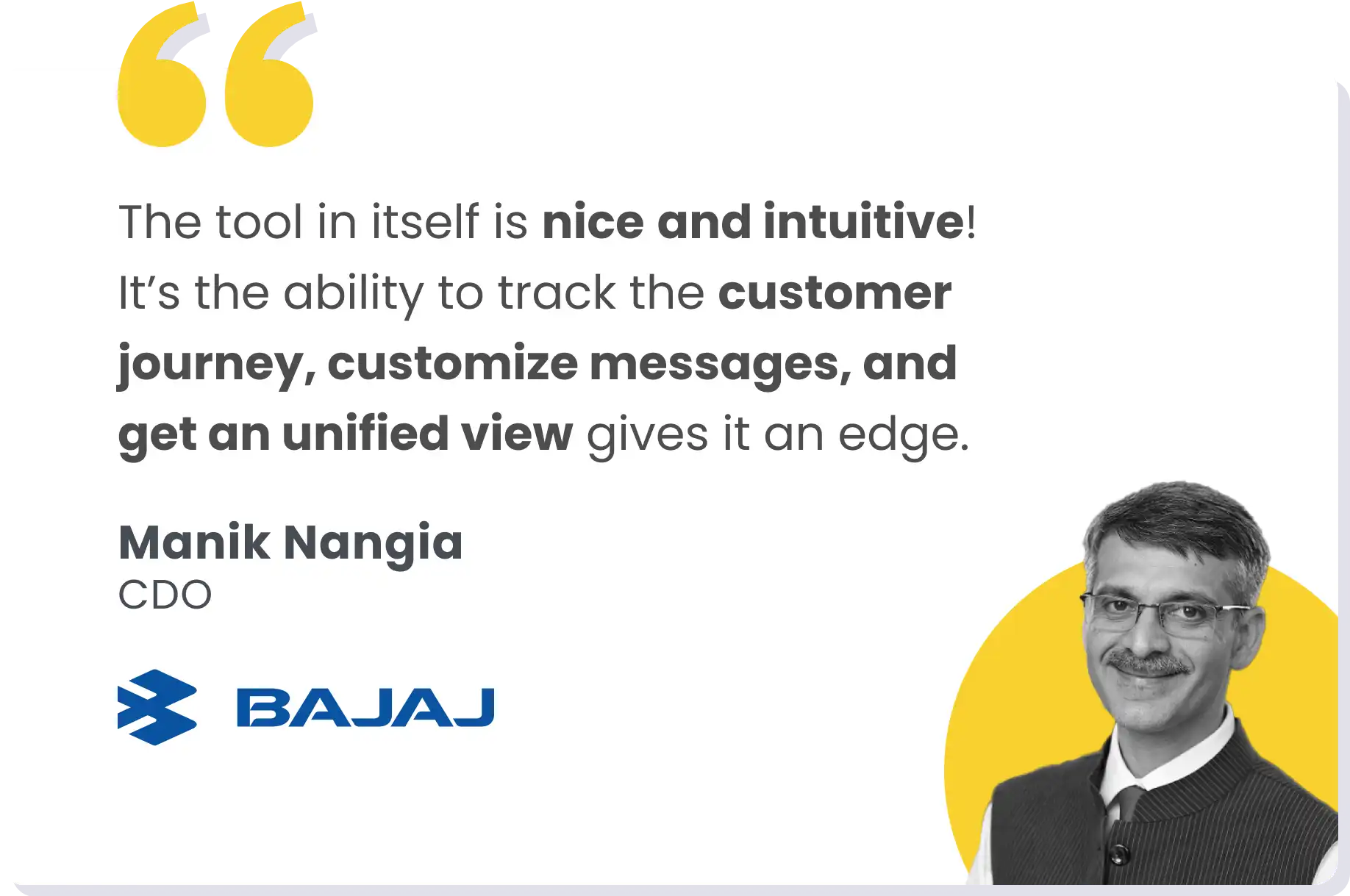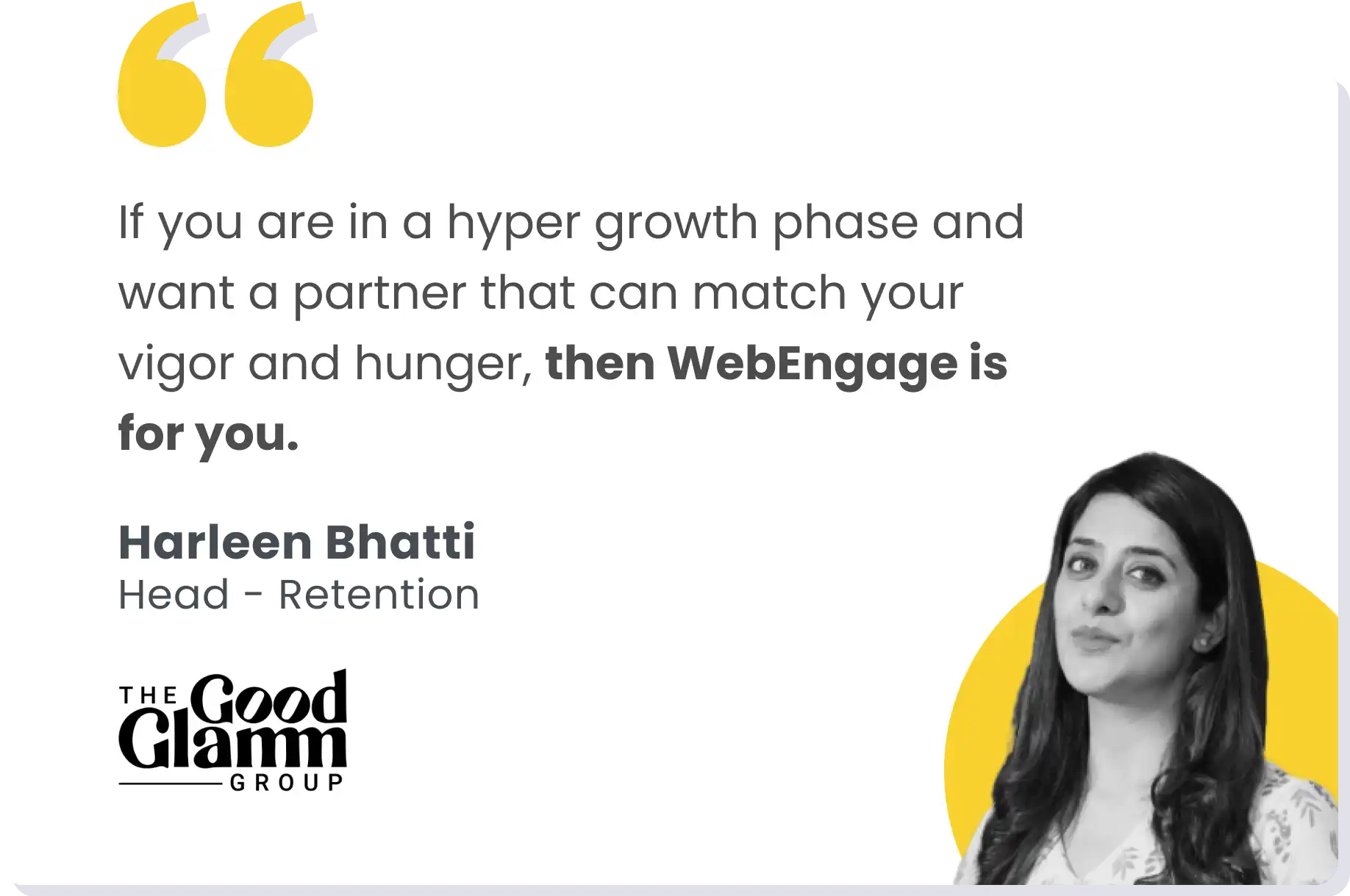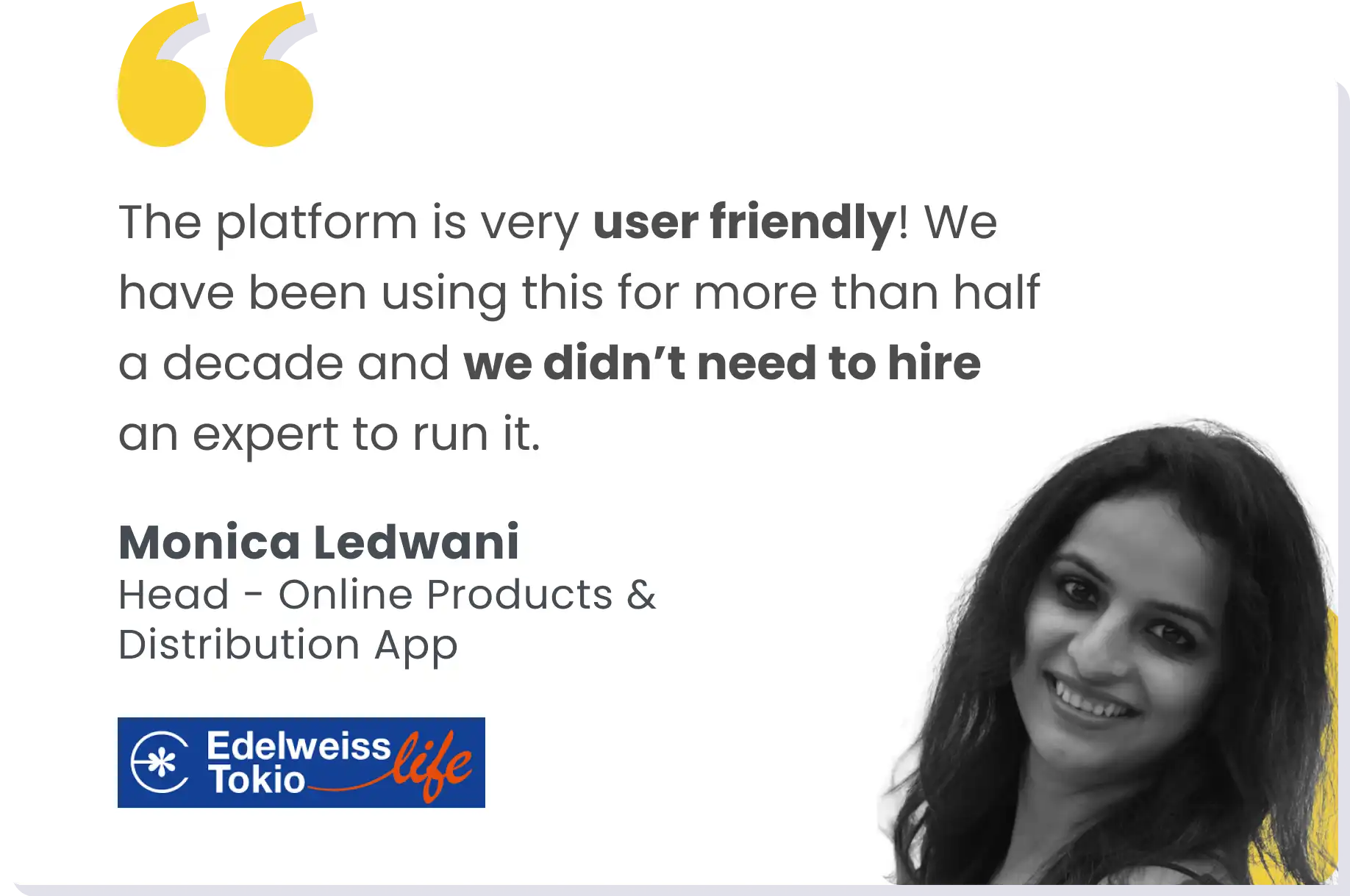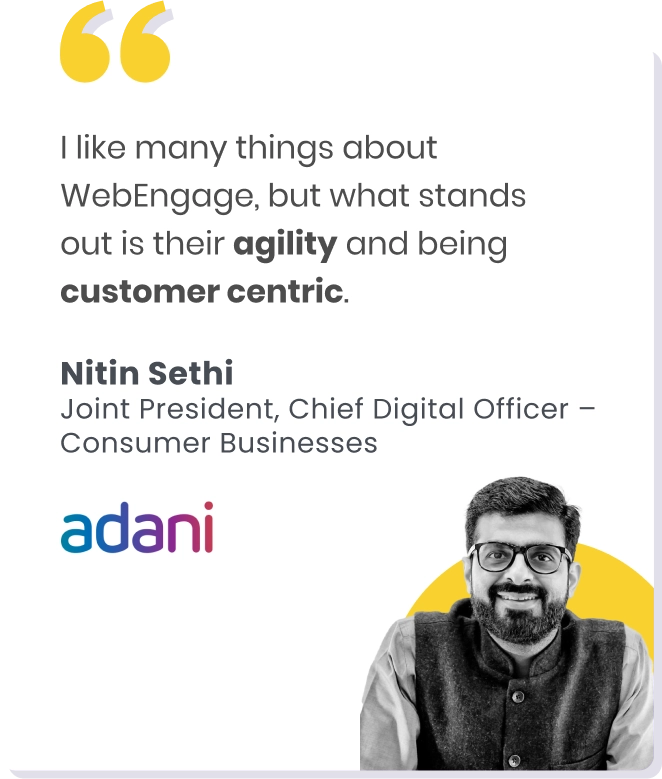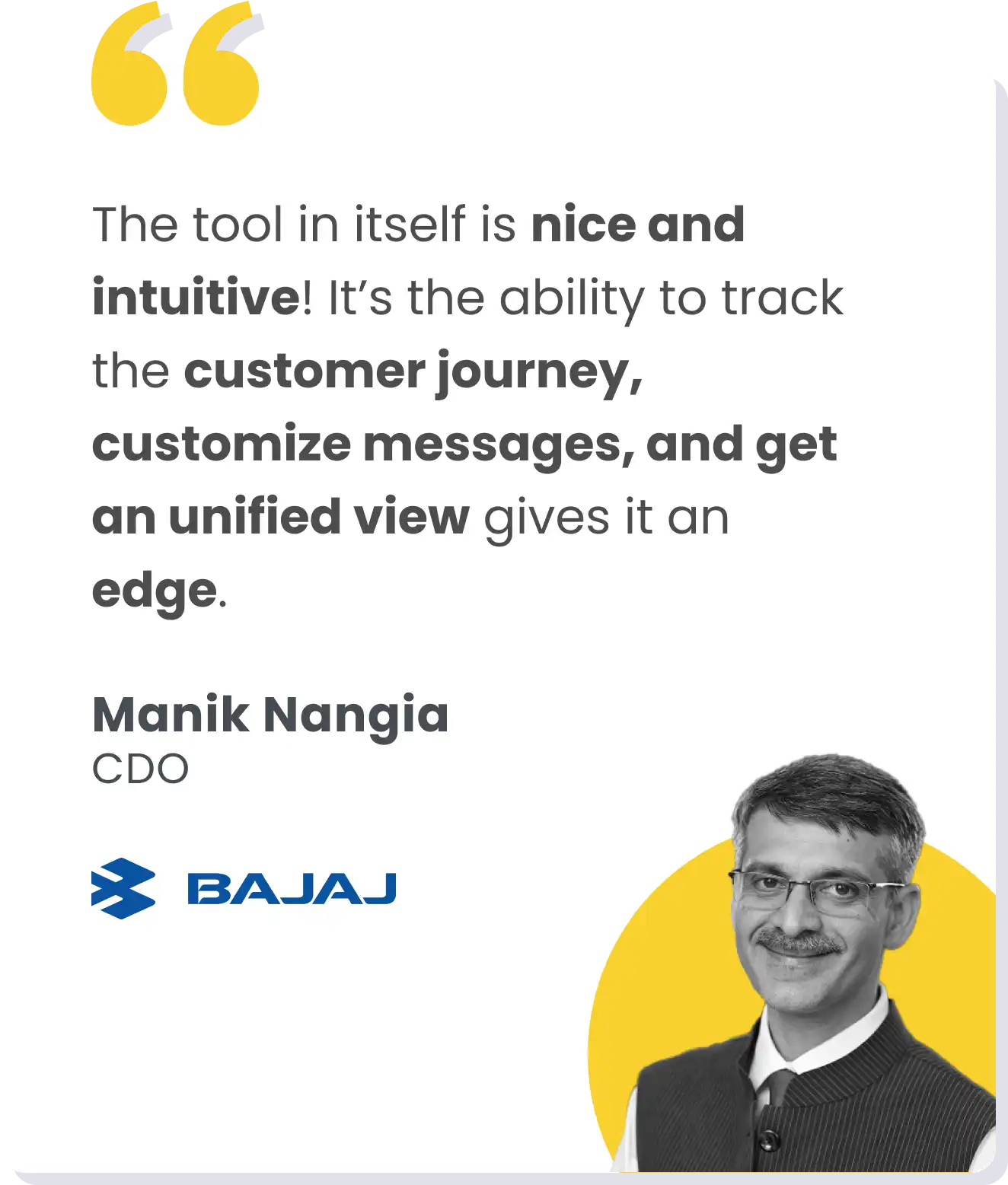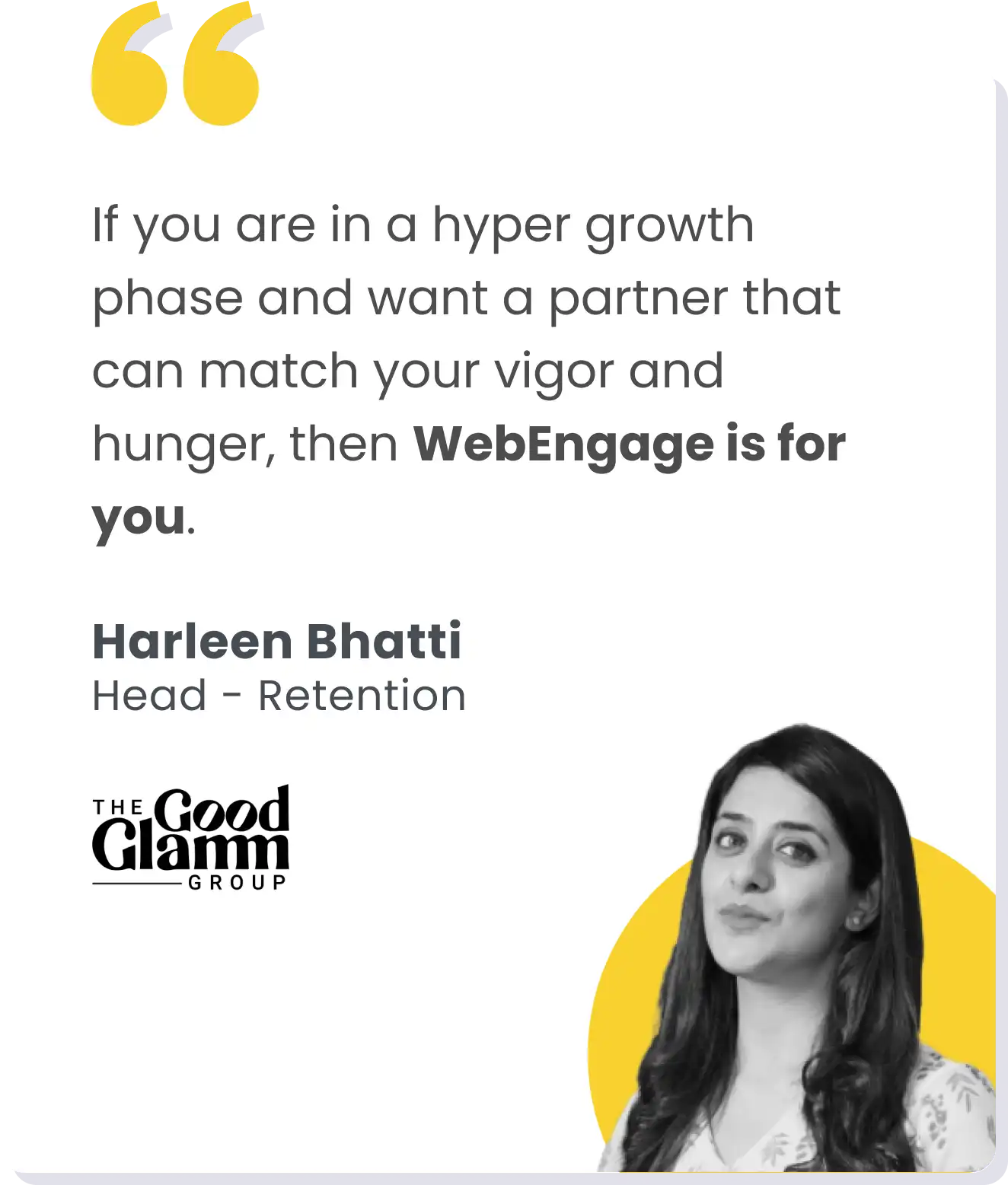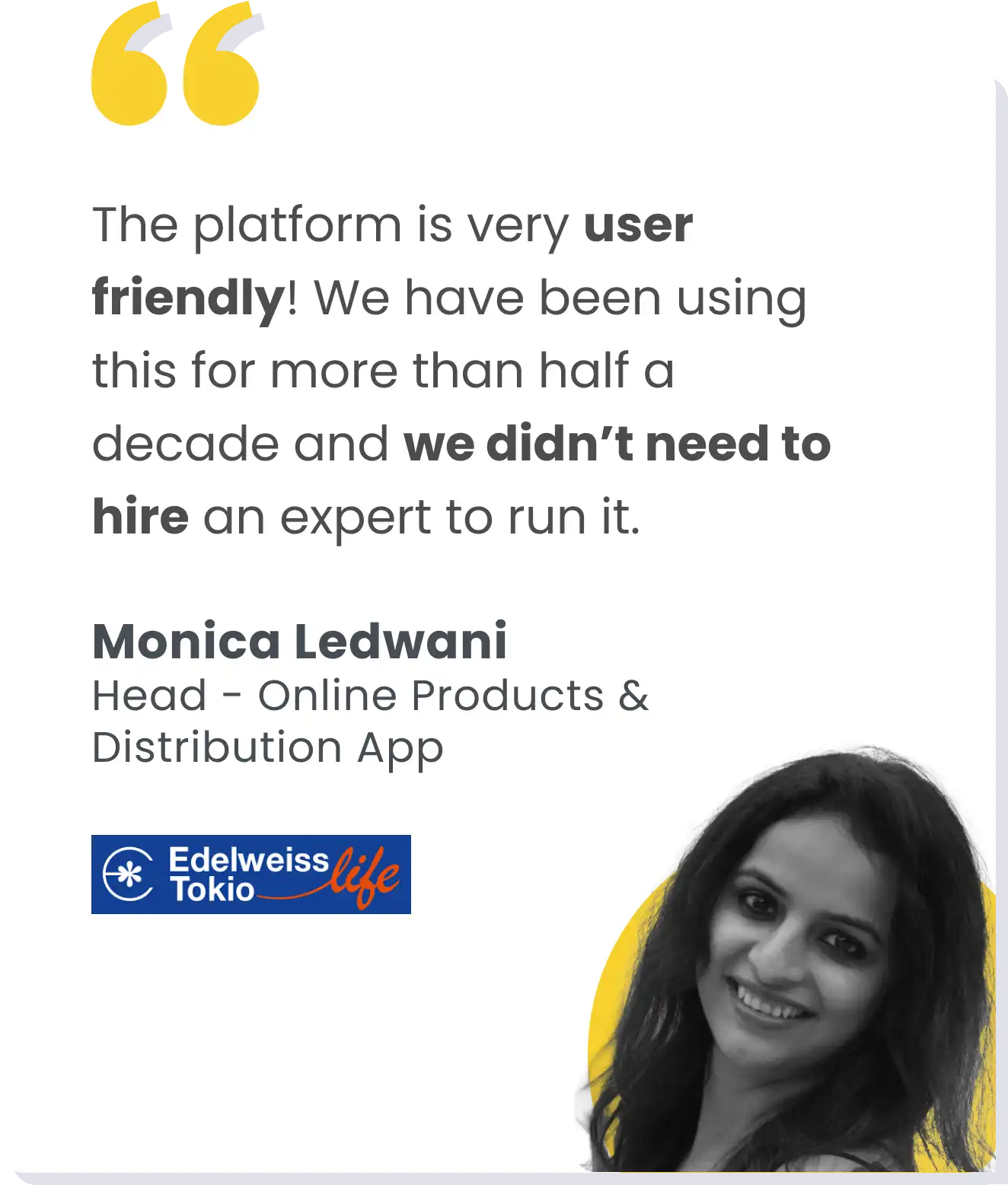Ever wondered why some gaming apps become overnight sensations only to fade away in a few months? Meanwhile, there are games that keep players hooked for years on end.
The secret?
Well, it’s not just about getting players through the door–it’s about keeping them coming back for more.
I’m Bharat Bhatia, CMO at Junglee Games, and I’ve spent the last five years figuring out the ins and outs of gaming user retention.
The global gaming industry is set to grow by a whopping 211.4 billion U.S. dollars between 2024 and 2029, so the stakes have never been higher. However, it is important to understand that a big slice of that pie will go to companies that nail their retention strategies.
In this blog, I’ll share some hard-earned insights from my journey that could make a difference in your long-term success story. So, ready to level up your retention game? Let’s dive in.
The Shift from Acquisition to Retention
Let’s face it–acquisition is exciting. It’s all about big budgets, interesting campaigns, and watching those download numbers soar. Retention? Not so much. There’s no external validation, and there is no immediate spike in numbers to show off. But here’s the truth: in mature markets, it’s retention that separates the winners from the losers.
Think about it. Companies like Zomato and Swiggy have already acquired most of their potential user base. The same goes for Flipkart, Amazon, Uber, and Ola. The battle now is about who can keep their users coming back. It’s not just about getting people through the door anymore–it’s about making sure they stick around and become loyal customers.
Communication Strategies: Keep It Simple, Keep It Relevant
How you communicate with your audience is one of the most critical factors in retaining customers. In the flashy, noisy world of gaming apps, your message needs to cut through the clutter and resonate with your users.
One of the biggest mistakes I see companies make is trying to be too clever with their messaging. We’re not all Swiggy or Zomato, but we are sending out witty copies that go viral. In the gaming world, especially when you’re dealing with a diverse audience from tier 2 and 3 cities, simplicity is key.
Junglee Games, we’ve found that communication at a grade 5 English level works best for us. No metaphors, no similes–just straightforward language that everyone can understand. You need to understand that personalization doesn’t mean crafting unique messages for every user. It means sending relevant information based on their behavior.
For example, if a user is playing a specific game variant or entering a tournament, we’ll send them tips on how to perform better in that particular context. It’s not about being clever; it’s about being helpful.
Automation and AI: The Future of Retention Marketing
Today, automation and AI offer powerful tools to predict and prevent churn before it happens. Especially for us, churn prediction models have been a game-changer. Instead of waiting for users to leave and then trying to win them back (which is expensive and often ineffective), we’re now able to intervene before they even think about churning.
We’ve started implementing in-product interventions based on these predictions. If our model suggests a user is likely to churn in the next day or two, we’ll show them more personalized, relevant content during their gaming session to keep them engaged.
But automation needs constant monitoring. We review our automated journeys every quarter to ensure they’re still adding value and not just creating noise. If an automated journey isn’t hitting at least a 1% click-through rate (CTR), we switch it off. Remember, even a random notification can get a 0.3-0.5% CTR, so your personalized messages need to perform significantly better to justify their existence.
Future Trends: The Rise of AI and Product-Led Growth
Looking ahead, AI and machine learning will play an even bigger role in retention marketing. We’re moving towards more sophisticated models that can predict user behavior with uncanny accuracy.
But technology alone isn’t enough. There’s a growing focus on product-led growth and user experience. The best retention tool is a product that users genuinely enjoy and find value in. No amount of clever marketing can make up for a subpar product.
Lastly, we need to keep an eye on regulations. As the gaming industry grows, so does scrutiny from regulators. Staying ahead of these changes and implementing responsible gaming practices isn’t just ethical–it’s good business.
Conclusion
Retention marketing in the gaming industry is evolving rapidly. It’s becoming more data-driven and more personalized.
My advice? Embrace the data, but don’t forget the human element. Keep your messaging simple and relevant. Use automation wisely, and always be ready to adapt. And most importantly, play the long game. Build trust, prioritize user well-being, and focus on creating genuine value.
The future of gaming belongs to those who can not only attract users but keep them coming back, day after day, year after year.
As we wrap up this deep dive into retention marketing in the gaming world, I hope you’ve gained some valuable insights. But our conversation doesn’t have to end here. If you’re eager to explore these strategies further, I recently sat down with Ankur Gattani for an in-depth discussion on the “State of Retention Marketing” podcast. We unpacked more real-world examples and shared some behind-the-scenes stories from Junglee Games. You can find the episode on Spotify and YouTube – just search for “Building Data Pipelines before GTMs for Day-0 Retention Wins”.
Authors Bio:
Bharat Bhatia is the Chief Marketing Officer at Junglee Games, a leading player in India’s online gaming industry. With over a decade of experience in digital marketing and CRM, Bharat has been at the forefront of retention marketing innovation in the gaming sector. His work at Junglee Games over the past five years has set new benchmarks for retention marketing in the Indian gaming industry.


